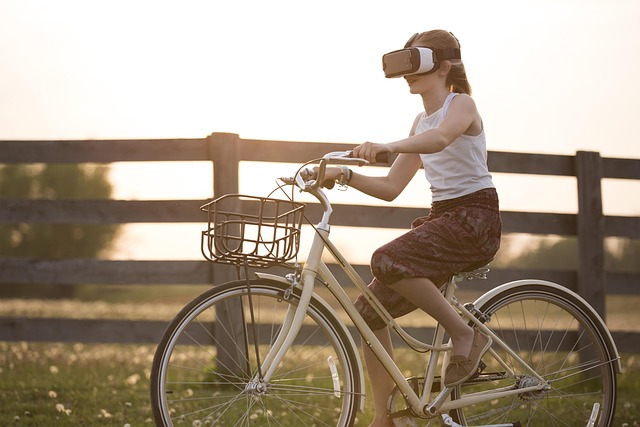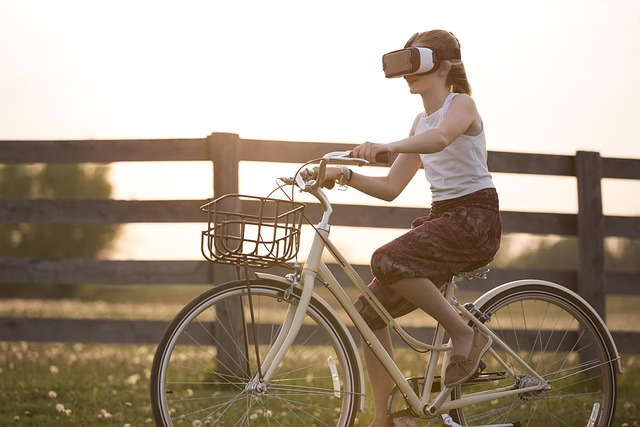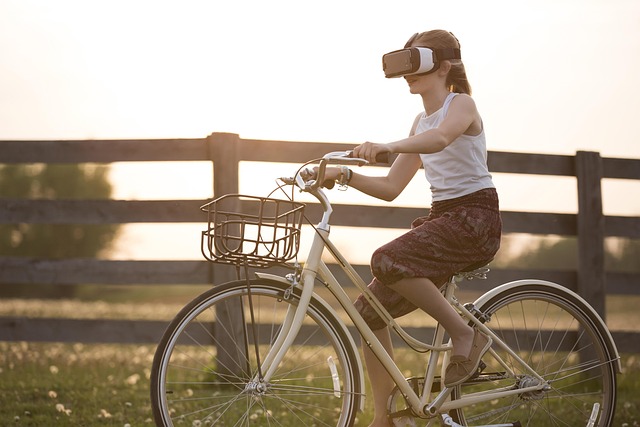
Exploring the Future of Interaction: Virtual Networking in Virtual Reality, Augmented Reality, and the Metaverse
In the ever-evolving landscape of technology, the way we interact with one another is undergoing a profound transformation. Virtual networking is at the forefront of this change, ushering us into a world where physical boundaries dissolve and relationships can flourish in entirely new dimensions. Today, we dive into how virtual reality (VR), augmented reality (AR), and the metaverse are shaping the future of our interactions.
Virtual reality transports us to immersive environments where we can engage with others in ways that mimic physical presence. Imagine attending a conference or a social event in a vibrant digital space, where you can walk around with others, hold conversations, and even interact with 3D representations of products. This technology not only breaks geographical barriers but also enhances the quality of networking. With VR, the intimacy of face-to-face communication can be replicated, allowing for genuine connections beyond mere text or video calls.
On the other hand, augmented reality adds a layer of information onto our physical world, creating a hybrid experience that enriches our interactions. Picture this: you’re at a networking event, and as you scan the room with your AR glasses, profiles of attendees pop up with their skills, interests, and backgrounds. This not only facilitates meaningful conversations but also helps us to find common ground and forge connections that might have otherwise gone unnoticed. The notion of virtual networking becomes seamless and intuitive, as AR enhances our ability to engage with the surroundings and each other.
The metaverse, a collective virtual space where physical and digital realities converge, stands as the ultimate frontier for interaction. In this expansive universe, networking transcends conventional methods—businesses can set up virtual offices, attend global meetings in a shared space, or hold interactive team-building exercises just as easily as hosting a casual get-together. In the metaverse, networking is not limited to relegated chat rooms; it is an experience, rich with opportunities for collaboration and innovation that feel almost limitless.
As we navigate the potential of virtual networking, it is essential to recognize the emotional and psychological aspects that come into play. The desire for connection is inherently human, and these technologies tap into that fundamental need. They allow us to foster relationships that can genuinely expand our horizons, both professionally and personally. While screens may separate us, VR, AR, and the metaverse are bridging gaps, creating spaces where we can share ideas, collaborate on projects, and celebrate successes together.
As we continue to explore the future of interaction, one thing is clear: virtual networking is not just a trend—it represents a shift in the paradigm of how we connect, communicate, and collaborate. The possibilities are endless, and as we embrace these innovations, we find ourselves on the cusp of a new era in human interaction.



